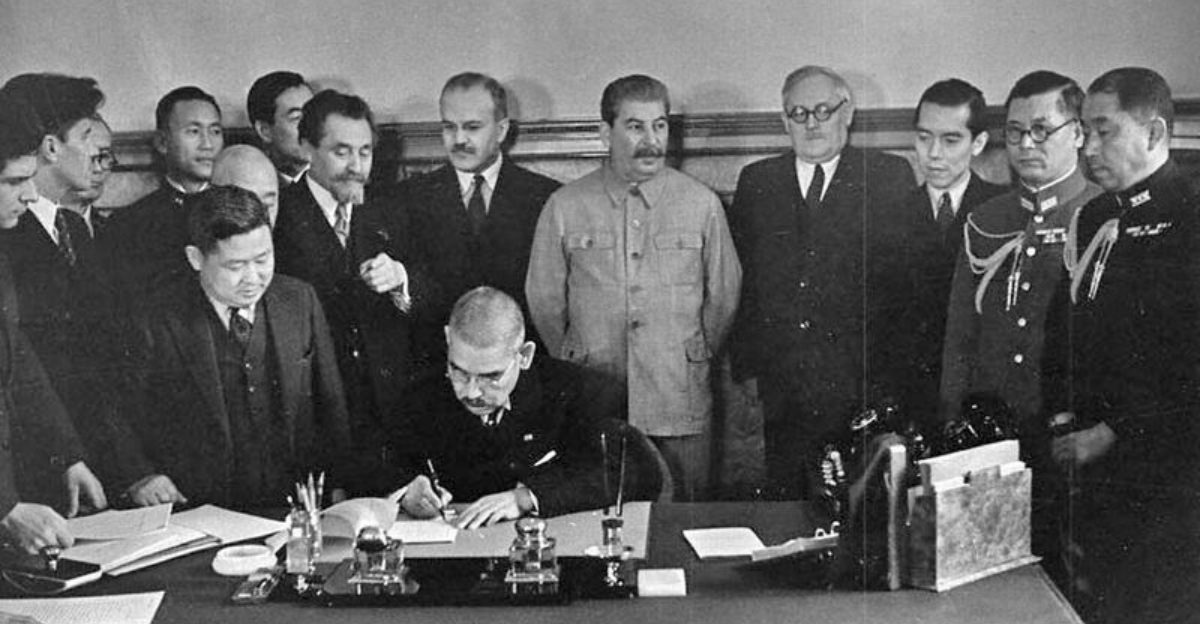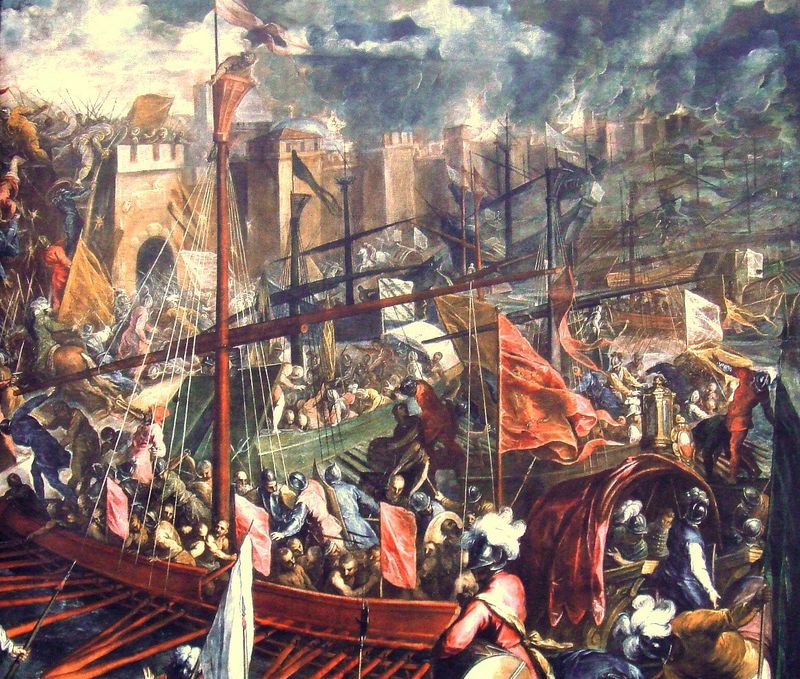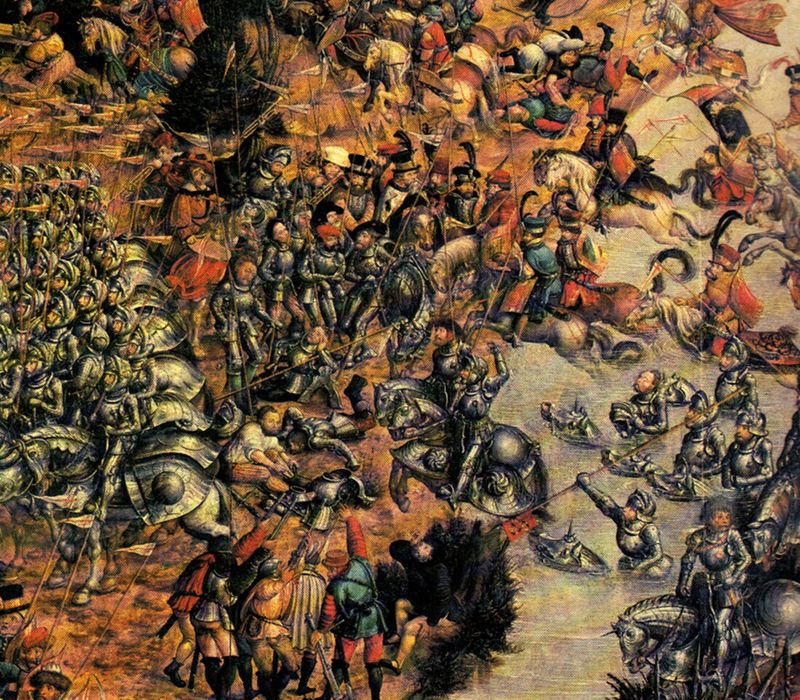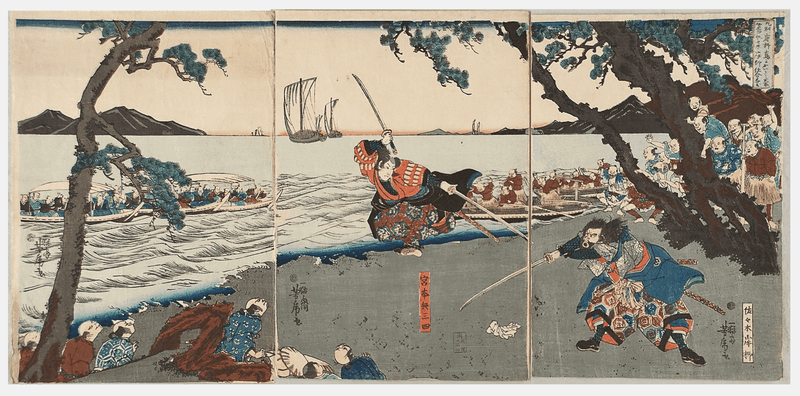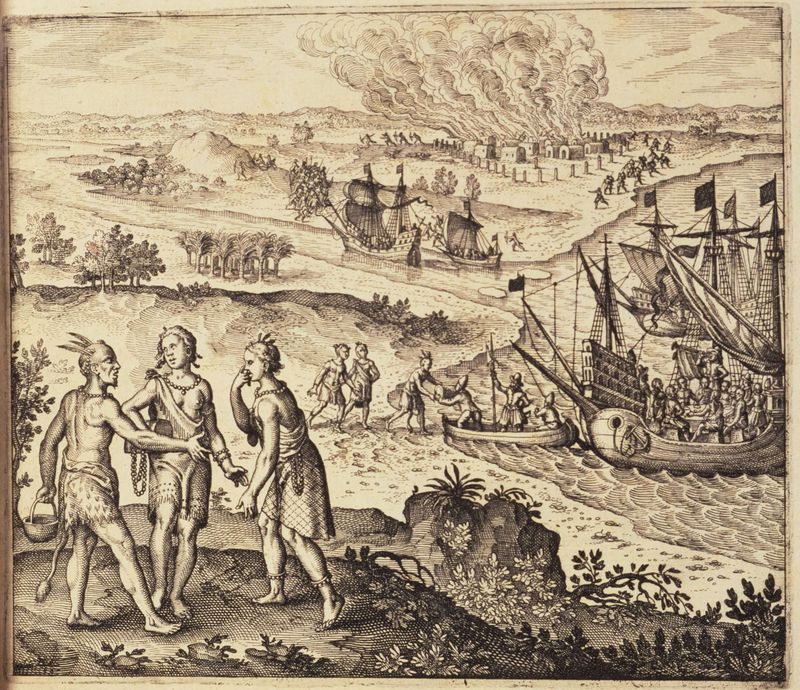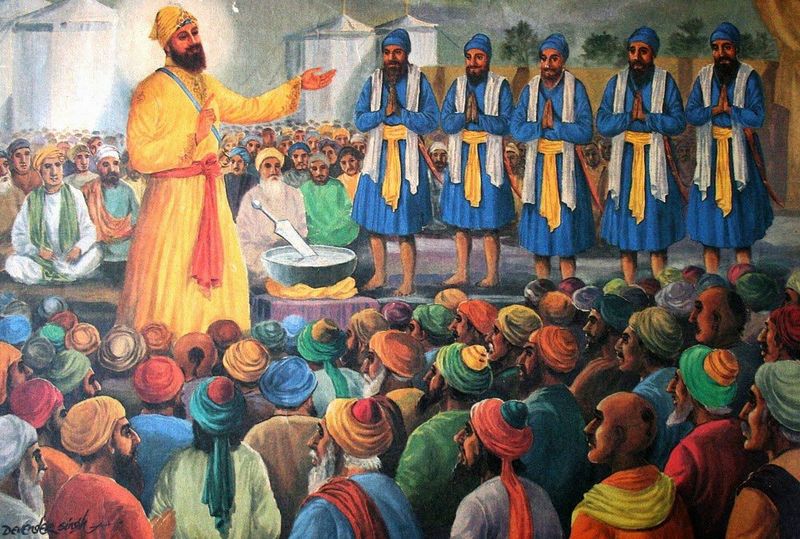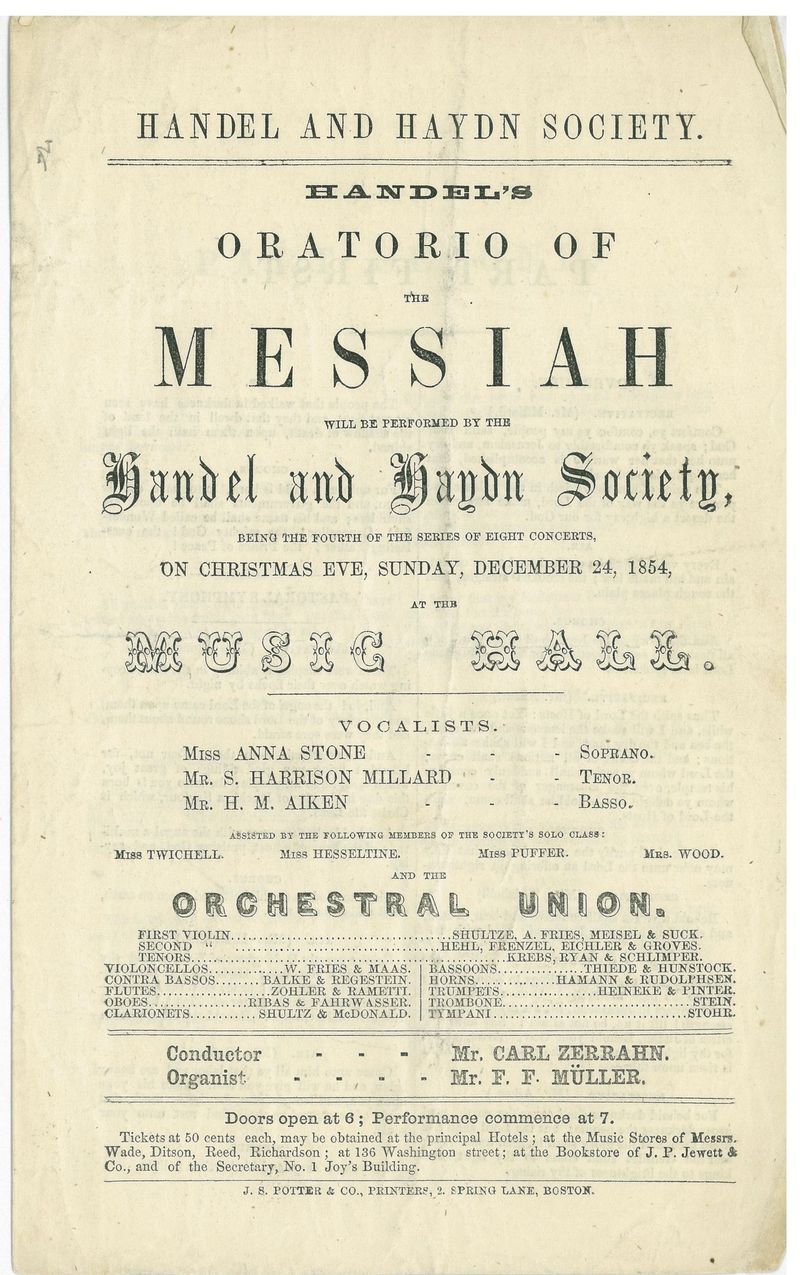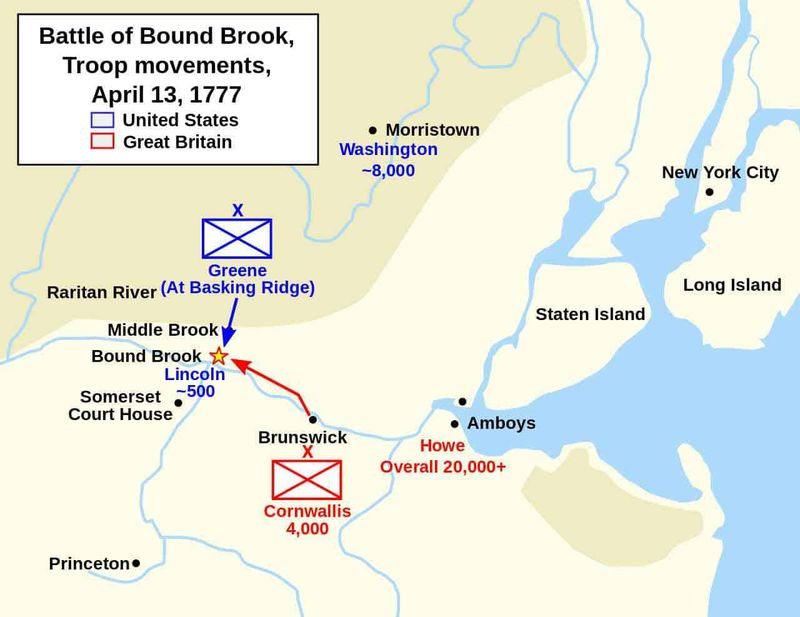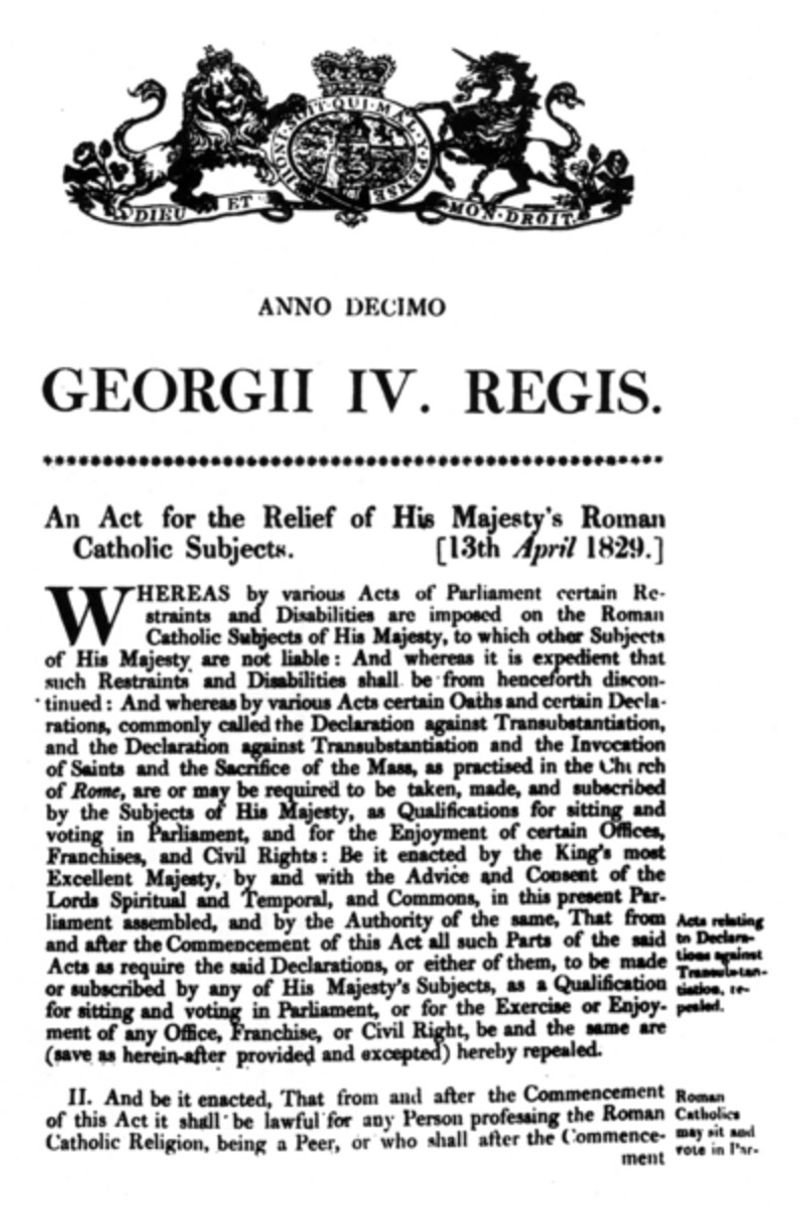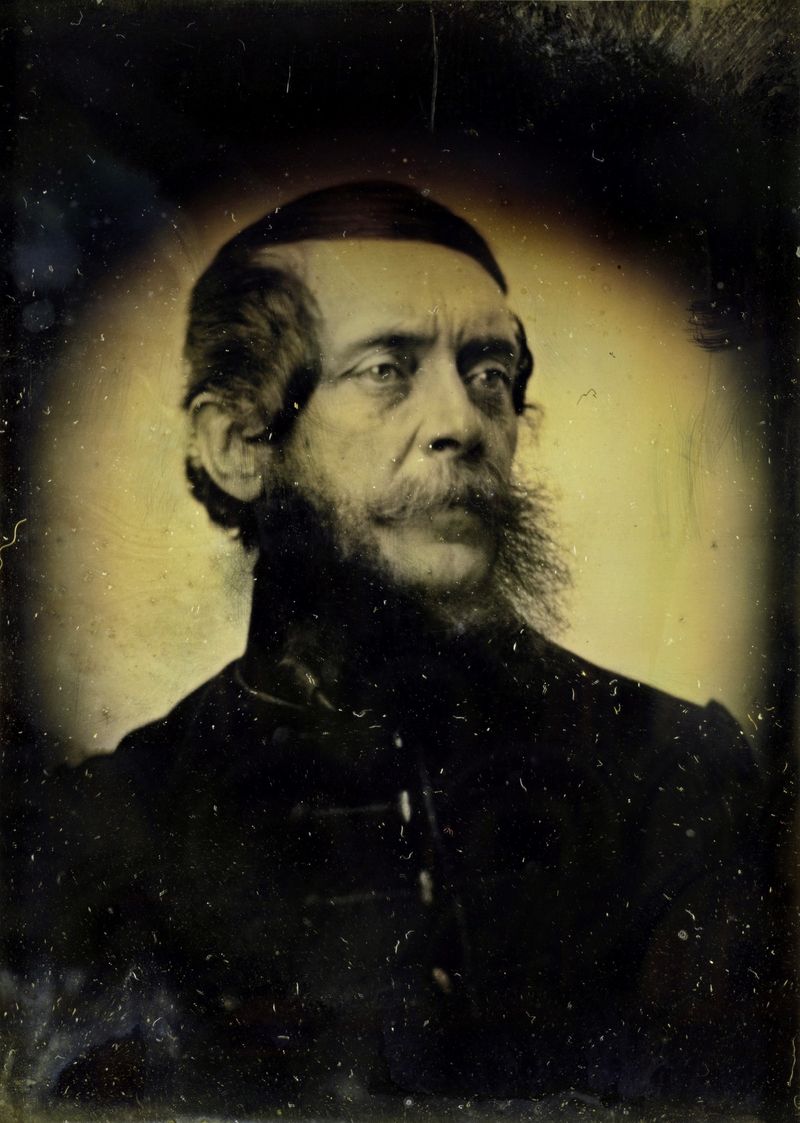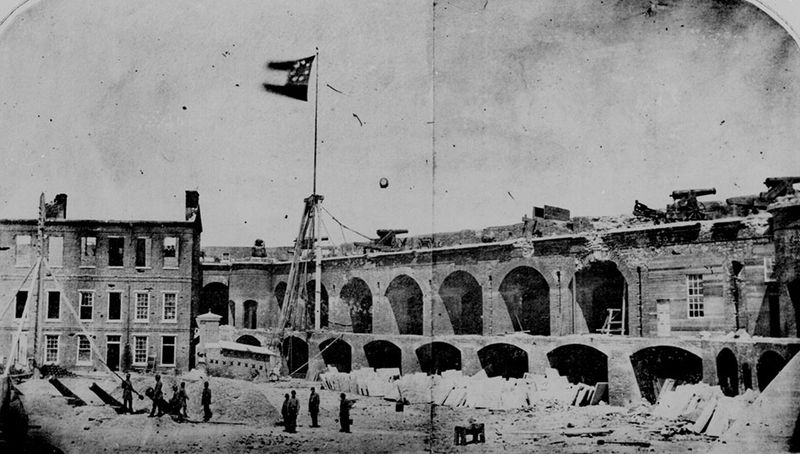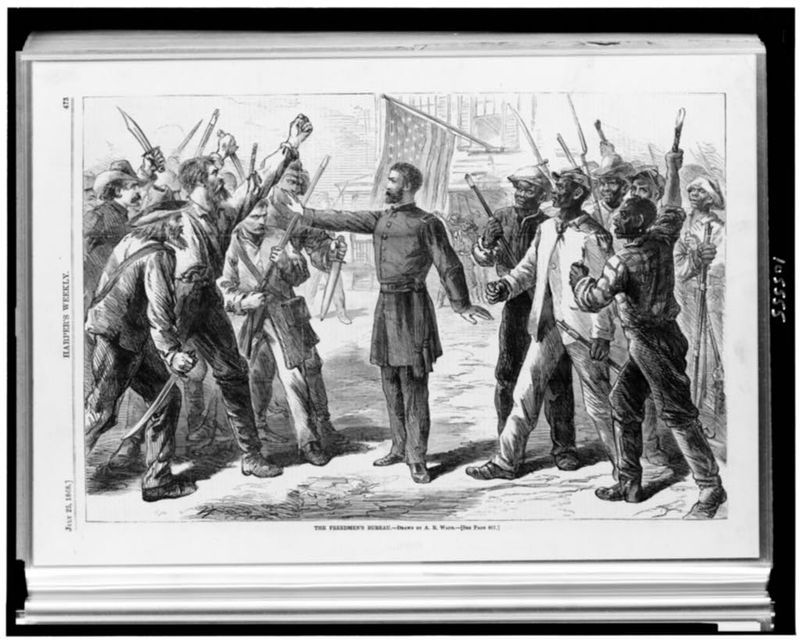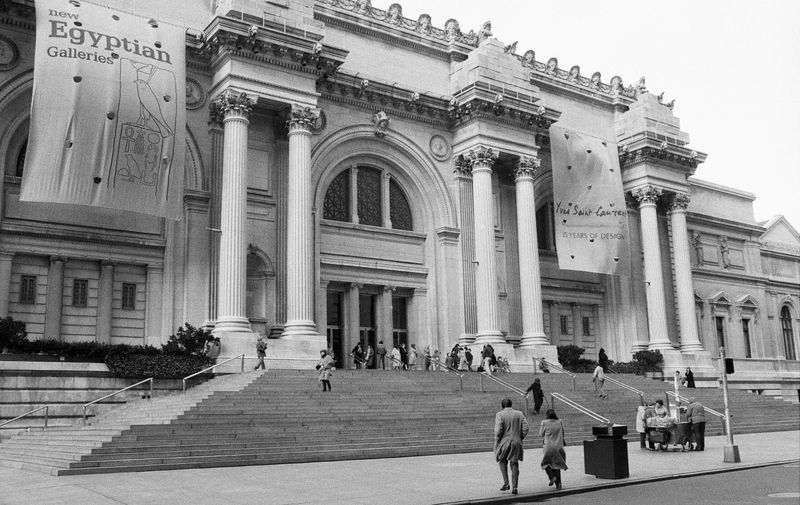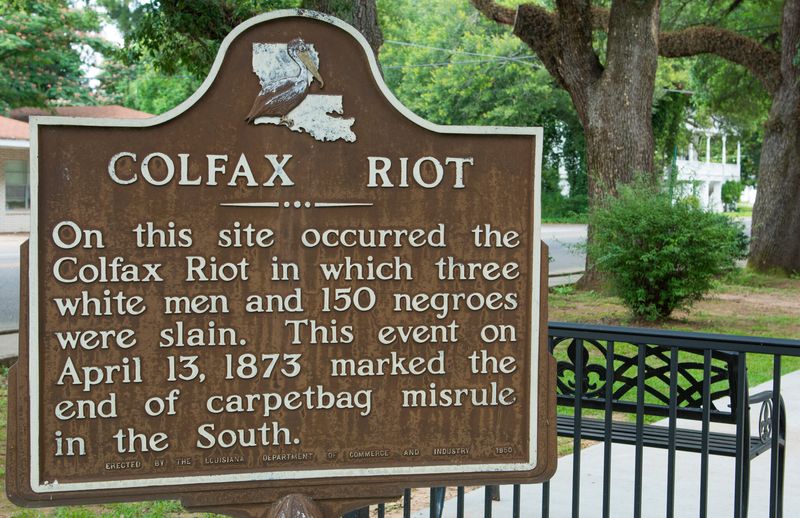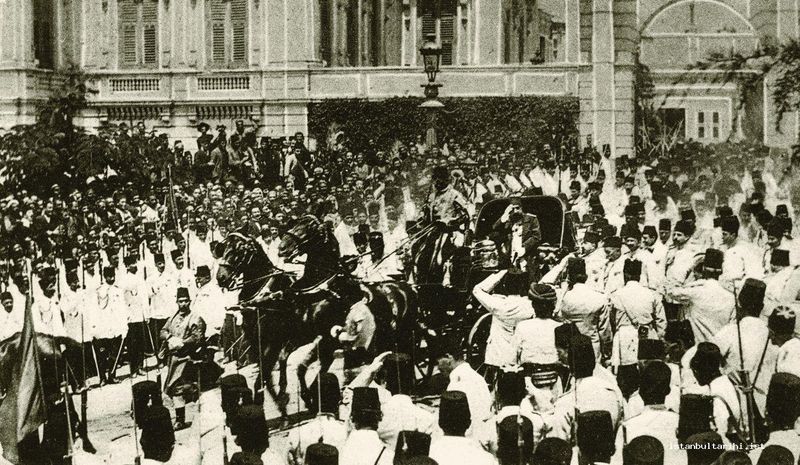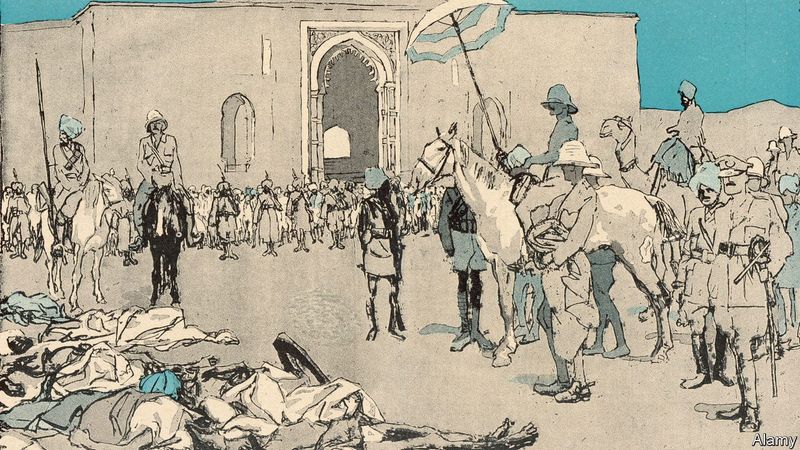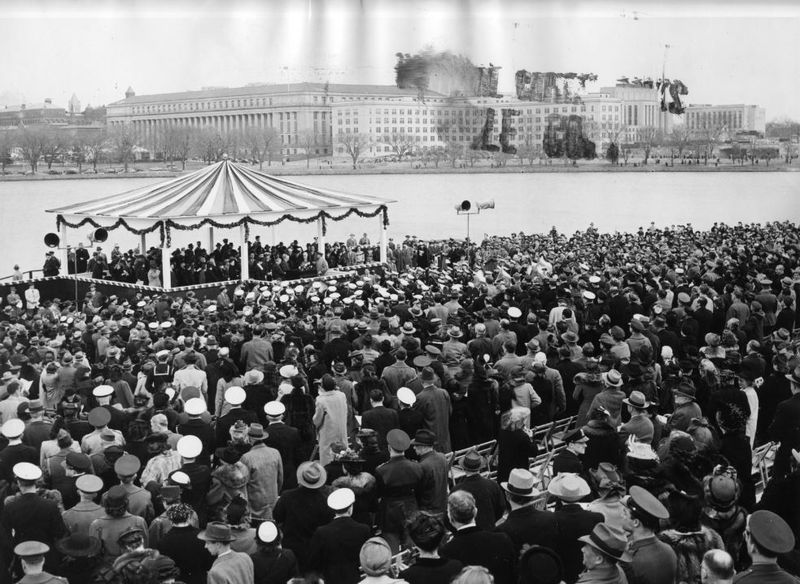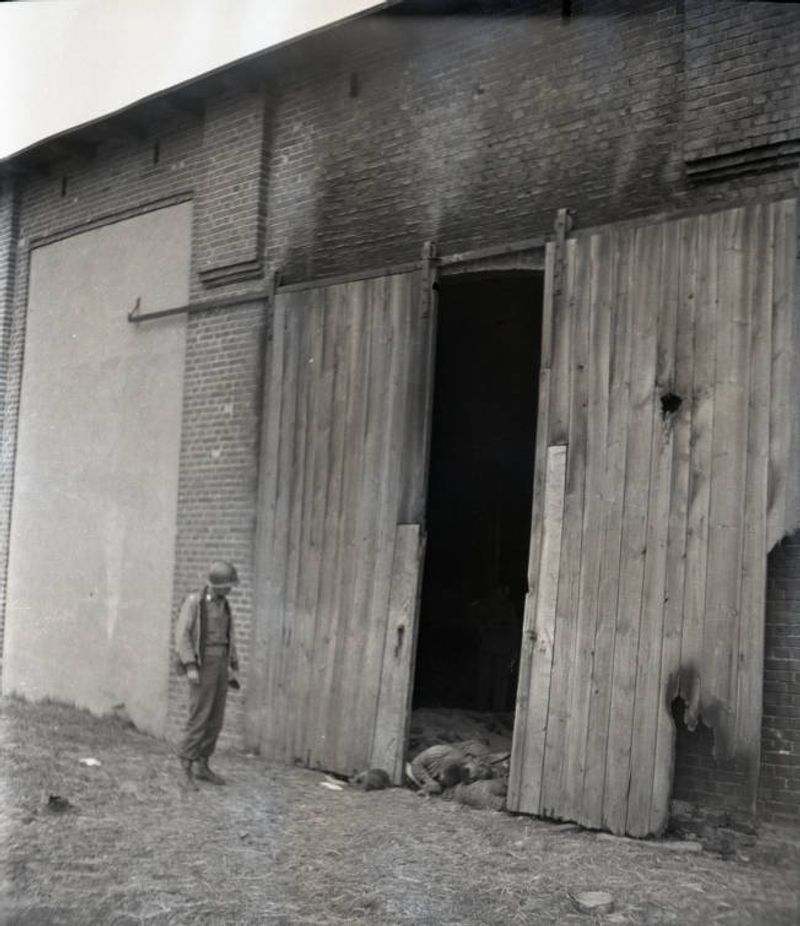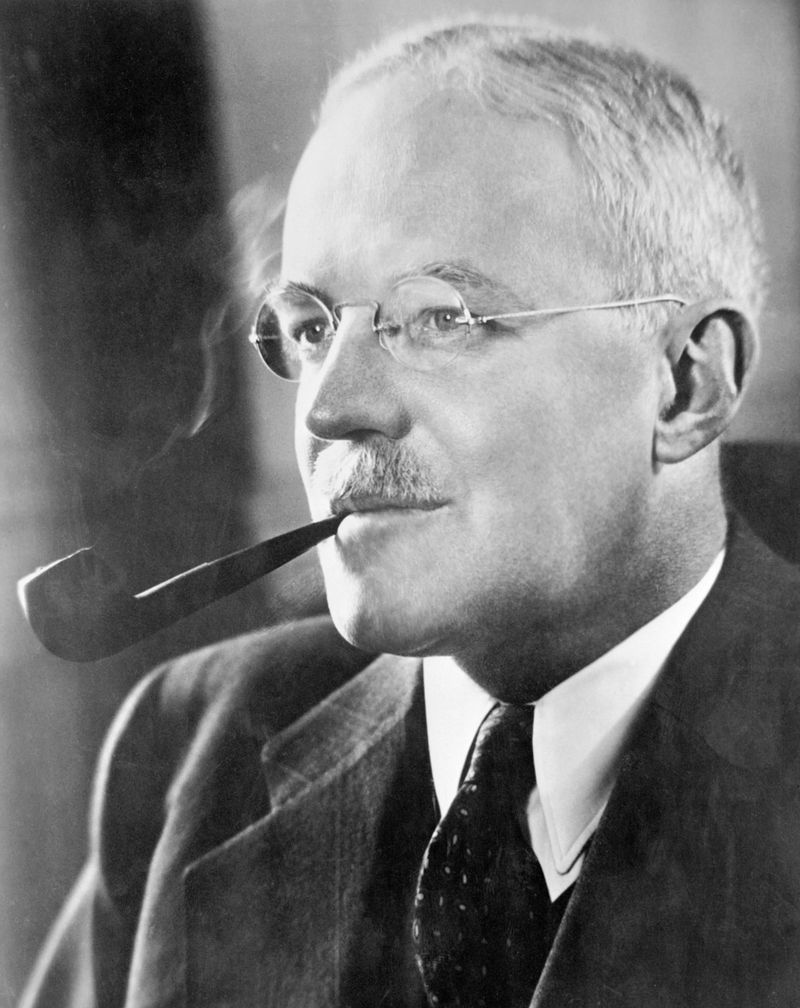April 13th has been a day of significant historical events that have shaped the course of human history.
From ancient battles and religious milestones to cultural premieres and political upheavals, this day has witnessed some of the most remarkable moments across different eras.
Join us on a journey through time as we explore 20 noteworthy occurrences on April 13th, each leaving an indelible mark on the annals of history.
1. 1111 – Henry V Is Crowned Holy Roman Emperor
In the year 1111, the majestic coronation of Henry V as Holy Roman Emperor took center stage. This event, held in the hallowed halls of St. Peter’s Basilica, marked a pivotal moment in medieval history.
Henry, a man of ambition and political savvy, donned the imperial crown amid grand ceremonies and the chanting of clerics. The coronation was not just a mere formality but a reflection of the intertwining of church and state.
With this newfound power, Henry sought to solidify his rule, navigating the complex tapestry of European politics. His reign would be characterized by both triumphs and challenges, as he endeavored to maintain the delicate balance of power.
Henry’s legacy as Emperor would be defined by his diplomatic maneuvers and military campaigns, leaving an enduring impact on the Holy Roman Empire’s history.
2. 1204 – Constantinople Falls to the Crusaders of the Fourth Crusade
The fall of Constantinople in 1204 was a climactic episode in the saga of the Fourth Crusade. The city, known for its impregnable walls and rich cultural heritage, succumbed to the relentless onslaught of crusader forces.
The siege, marked by intense combat and strategic deception, culminated in the storming of the city, ushering in a period of turmoil and pillage. As the crusaders poured through the breached defenses, the Byzantine Empire’s jewel was left vulnerable to looting and destruction.
This event reshaped the political landscape of the region and marked a turning point in the history of Byzantine-Crusader relations.
3. 1455 – Thirteen Years’ War: The Battle for Kneiphof Begins
The year 1455 saw the onset of the Battle for Kneiphof, a significant conflict within the larger Thirteen Years’ War. This battle, characterized by strategic maneuvers and fierce clashes, played a crucial role in the protracted struggle between the Kingdom of Poland and the Teutonic Order.
The fields of Kneiphof became a theater of war, where knights and infantry engaged in combat for control over this strategic location. Amidst the clanging of swords and the thundering of hooves, both sides fought valiantly, seeking to gain an upper hand in the protracted conflict.
The outcome of this battle would influence the course of the war, shaping the fortunes of both the Teutonic Order and the Kingdom of Poland.
4. 1612 – Samurai Miyamoto Musashi Defeats Sasaki Kojirō in a Duel at Funajima Island
On a quiet morning in 1612, the tranquil shores of Funajima Island bore witness to a legendary duel between two of Japan’s most celebrated swordsmen, Miyamoto Musashi and Sasaki Kojirō. This encounter was not merely a test of skill, but a clash of philosophies and fighting styles.
Musashi, known for his unconventional tactics, faced Kojirō, famed for his swift and deadly “Swallow Cut.” As their swords clashed, the air was thick with anticipation, each movement calculated and precise.
Musashi’s victory solidified his reputation as a master swordsman, while the duel itself became a timeless tale of honor and prowess in the annals of samurai lore.
5. 1613 – Samuel Argall Captures Pocahontas and Sets Off for Jamestown
In the spring of 1613, an intriguing episode unfolded in the early chapters of American colonial history. Samuel Argall, an English captain, orchestrated the capture of Pocahontas, the daughter of Powhatan, a prominent Native American leader.
This act, a strategic move in the complex web of colonial and native relations, set the stage for Pocahontas’s journey to Jamestown. Her capture was intended as leverage in negotiations, illustrating the intricate dynamics of power and diplomacy in the New World.
Pocahontas’s subsequent years in Jamestown would see her transformation and pivotal role in bridging two cultures, leaving a lasting legacy in American history.
6. 1699 – The Sikh Religion Is Formalized as the Khalsa by Guru Gobind Singh
In 1699, a transformative moment occurred in Sikh history, with Guru Gobind Singh’s formalization of the Khalsa. This event, celebrated during the festival of Vaisakhi, marked the birth of the Khalsa, a collective body of initiated Sikhs.
Guru Gobind Singh, a revered leader and warrior, initiated the first five Khalsa Sikhs, known as the Panj Pyare, with a sacred Amrit ceremony. This act symbolized the commitment to selfless service, equality, and the defense of justice.
The Khalsa’s formation strengthened Sikh identity, uniting followers in a shared mission to uphold truth and righteousness, and leaving an enduring impact on the Sikh faith.
7. 1742 – World Premiere of Handel’s Messiah in Dublin, Ireland
The year 1742 witnessed a musical milestone with the world premiere of George Frideric Handel’s “Messiah” in Dublin, Ireland. This oratorio, now celebrated globally, first resonated within the walls of the Musick Hall in Fishamble Street.
Handel, a master composer, crafted “Messiah” with profound skill, blending sacred texts with stirring melodies. The premiere was met with enthusiastic acclaim, captivating an audience that included nobility and commoners alike.
This event marked the beginning of “Messiah’s” enduring legacy, as it became a cherished tradition during the Christmas season, celebrated for its transcendent beauty and powerful message.
8. 1777 – American Revolutionary War: Battle of Bound Brook in New Jersey
In the midst of the American Revolutionary War, April 13, 1777, became notable for the Battle of Bound Brook. This skirmish, fought in the heart of New Jersey, was an encounter between the Continental Army and British forces.
The battle, though small in scale, was a vivid depiction of the war’s intensity, with soldiers maneuvering through the New Jersey landscape. The American forces, despite being outnumbered, displayed resilience and tenacity against the British onslaught.
This clash underscored the strategic significance of New Jersey as a battleground and highlighted the determination of the American revolutionaries in their quest for independence.
9. 1829 – The Roman Catholic Relief Act Grants Catholics Voting Rights in the UK
The Roman Catholic Relief Act of 1829 was a turning point in British history, marked by the granting of voting rights to Catholics. This legislation ended centuries of discrimination, allowing Catholics to participate fully in the political process.
The passage of the act was fraught with intense debate, reflecting the deep-seated tensions between Protestant and Catholic communities. However, it ultimately represented a step towards religious equality and tolerance in the United Kingdom.
The act’s impact resonated beyond politics, fostering a spirit of inclusion and paving the way for further reforms in British society, shaping the nation’s democratic evolution.
10. 1849 – Lajos Kossuth Presents the Hungarian Declaration of Independence
Amidst the revolutionary fervor of 1849, Lajos Kossuth emerged as a prominent figure in Hungary’s quest for independence. On April 13th, he presented the Hungarian Declaration of Independence, a bold proclamation severing ties with the Habsburg Empire.
Kossuth’s speech, delivered with fervor, resonated with the aspirations of a nation yearning for self-determination. The declaration symbolized a pivotal moment in Hungary’s struggle for freedom, igniting hope and solidarity among its people.
Though met with resistance, Kossuth’s vision laid the groundwork for future movements, inspiring generations to continue the fight for Hungarian sovereignty and independence.
11. 1861 – American Civil War: Union Forces Surrender Fort Sumter
The surrender of Fort Sumter on April 13, 1861, marked the dramatic beginning of the American Civil War. Situated in Charleston Harbor, this fort became the focal point of the Confederacy’s assertion of independence.
After a relentless bombardment, Major Robert Anderson and his Union forces were compelled to surrender, signaling the start of a four-year conflict that would define a nation. The fall of Fort Sumter galvanized both sides, igniting fervor and determination across the divided states.
This pivotal event underscored the deep-seated divisions within the United States, setting the stage for the tumultuous years that followed.
12. 1865 – Union Forces Occupy Raleigh, North Carolina
In the waning days of the American Civil War, Union forces achieved a significant victory with the occupation of Raleigh, North Carolina on April 13, 1865. This strategic move further tightened the Union’s grip on the Southern states.
Led by General William T. Sherman, the Union troops entered Raleigh, encountering little resistance. The occupation symbolized the inevitable collapse of the Confederacy and the impending reunification of the nation.
The event was a prelude to the war’s conclusion, as the Union’s advance continued, leading to the eventual surrender of Confederate forces and the restoration of national unity.
13. 1870 – Founding of the New York City Metropolitan Museum of Art
On April 13, 1870, the cultural landscape of New York City was forever changed with the founding of the Metropolitan Museum of Art. This institution, envisioned as a beacon of art and education, opened its doors to the public, offering a glimpse into the world’s artistic treasures.
The museum, established through the efforts of visionary community leaders, quickly became a hub of cultural enrichment and artistic appreciation. Its vast collections span centuries and continents, attracting millions of visitors each year.
The Met’s founding marked a transformative moment in American art history, fostering a deeper appreciation for creativity and cultural heritage.
14. 1873 – The Colfax Massacre in Louisiana
The Colfax Massacre of April 13, 1873, stands as a dark chapter in American history, reflecting the violent racial tensions of the Reconstruction era. In the small town of Colfax, Louisiana, a confrontation between white supremacists and newly enfranchised African American citizens escalated into a brutal massacre.
The violence resulted in the tragic loss of numerous lives, exposing the deep-seated racism and resistance to change that characterized the post-Civil War South. The event underscored the challenges faced in the pursuit of racial equality and justice.
The Colfax Massacre remains a poignant reminder of the long and arduous journey toward civil rights in America.
15. 1909 – The 31 March Incident Leads to the Overthrow of Sultan Abdul Hamid II
The 31 March Incident of 1909 was a pivotal moment in the history of the Ottoman Empire, leading to the overthrow of Sultan Abdul Hamid II. This political upheaval was fueled by growing discontent and demands for constitutional reforms.
The incident, a chaotic uprising in Istanbul, saw soldiers and civilians clashing with forces loyal to the Sultan. The turmoil culminated in Abdul Hamid’s deposal, marking the end of his 33-year reign.
This event signaled a shift towards modernization and reform within the empire, as new leadership sought to implement changes in governance and society.
16. 1919 – Jallianwala Bagh Massacre in Amritsar, India
The Jallianwala Bagh Massacre of 1919 remains a haunting memory in Indian history. On April 13th, a peaceful gathering in Amritsar turned into a tragic bloodbath when British troops, led by General Dyer, opened fire on unarmed civilians.
The massacre claimed hundreds of lives, igniting outrage and nationalist fervor across India. This brutal act exposed the harsh realities of colonial rule, fueling the Indian independence movement.
Jallianwala Bagh stands as a somber reminder of the struggle for freedom and the sacrifices made in the pursuit of justice and sovereignty.
17. 1941 – A Pact of Neutrality Is Signed Between the USSR and Japan
In a world on the brink of global conflict, April 13, 1941, marked a strategic diplomatic agreement between the USSR and Japan. The signing of the neutrality pact was a calculated move amidst the swirling tensions of World War II.
Both nations, eager to avoid a two-front war, sought to secure their borders and focus on other strategic interests. This agreement allowed the USSR to concentrate its efforts on the European front, while Japan turned its attention to the Pacific.
The neutrality pact was a temporary measure, underscoring the complex alliances and shifting dynamics of a world at war.
18. 1943 – The Jefferson Memorial Is Dedicated in Washington, D.C.
On April 13, 1943, the Jefferson Memorial was dedicated in Washington, D.C., honoring the legacy of Thomas Jefferson, the third President of the United States. This iconic structure, designed by John Russell Pope, stands as a testament to Jefferson’s contributions to American democracy.
The memorial, with its neoclassical architecture and serene setting, serves as a place of reflection and inspiration for visitors. Its dedication amidst World War II was a poignant reminder of the enduring values of liberty and equality.
The Jefferson Memorial continues to be a symbol of American ideals, attracting millions who seek to connect with the nation’s foundational principles.
19. 1945 – World War II: German Troops Kill Over 1,000 Prisoners in Gardelegen, Germany
As World War II neared its end, a grim atrocity unfolded in Gardelegen, Germany, on April 13, 1945. German troops, in a desperate and ruthless act, massacred over 1,000 prisoners in a barn, seeking to conceal evidence of their brutal regime.
This horrific event was a stark reminder of the war’s human cost and the atrocities committed in its final days. The massacre shed light on the lengths to which the Nazi regime would go to cover its tracks.
Gardelegen remains a poignant symbol of the need for remembrance and justice, honoring those who perished in the face of unimaginable cruelty.
20. 1953 – CIA Director Allen Dulles Launches Project MKUltra
The launch of Project MKUltra in 1953 marked the beginning of one of the most controversial and secretive experiments in American history. Directed by CIA head Allen Dulles, this project aimed to develop mind control techniques for use in espionage and warfare.
The project involved a series of experiments, often conducted without the knowledge or consent of participants, raising ethical questions and public outrage. These clandestine activities included the use of drugs, hypnosis, and psychological manipulation.
Project MKUltra’s legacy is a complex one, highlighting the ethical dilemmas and moral gray areas in the pursuit of national security during the Cold War era.
